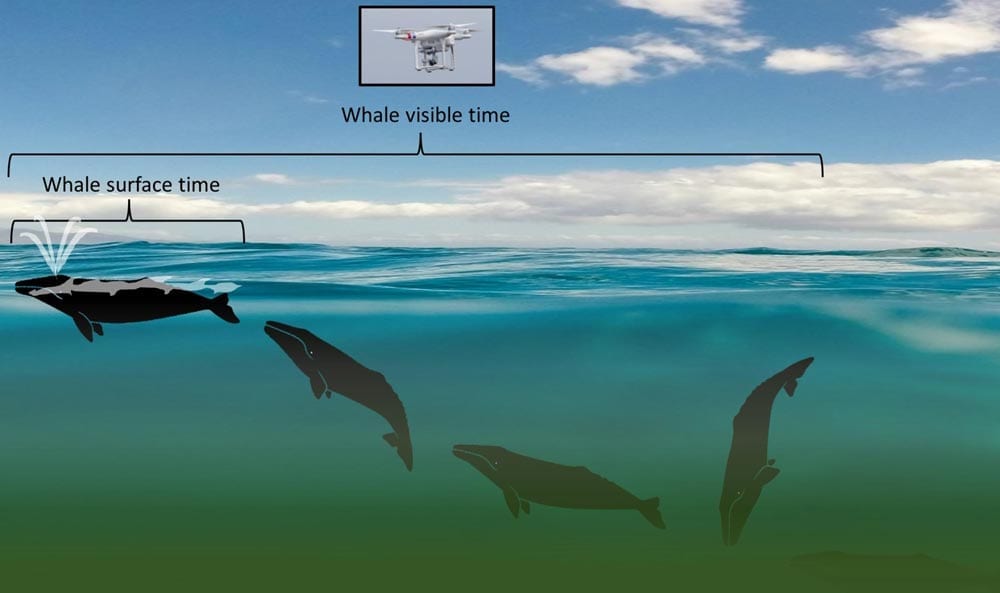News
Whales Can be Crazy and Sexy, and Drones Have Helped Oregon Researchers Prove It
Whales have a reputation for being graceful, mysterious and even at times playful, but drones have now shown researchers at Oregon State University that whales can also be, well, pretty crazy, and even a bit sexy.
Using drones, the scientists have documented gray whales off the coast of Oregon undertaking some interesting manoeuvres, including headstands, swimming upside down and even playing ‘tag’.
Led be OSU scientists, the results – which also mentions that the whales at times like to be quite raunchy – have now been published in the journal Frontiers in Marine Science.
Leigh Torres, a principal investigator with the Marine Mammal Institute at OSU’s Hatfield Marine Science Institute and lead author on the study, explains that originally, the team only planned to observe the physical conditions of the whales.
“But soon we discovered that the drones can also provide us with amazing new insights into the whales’ behavior – without disturbing them in the process,” she says.
The use of the drones made the research easier because they improved the researchers’ ability to observe the whales over an extended length of time, and also because the vertical angle allowed by the drones through the column of water increased visibility.
Over a six-month period the team was able to observe and study the gray whales and their behaviour in 53 separate sightings, which overall provided 3x the amount of observation as using boat-based methods.
Whales only spend 10% of their lives at the ocean’s surface, Torres explains, but using the drones they get to observe a wider range of behaviour.
“With the drone, we can observe for much longer periods and detect new behaviors, such as what we are calling ‘headstands,’ where the whale is poking its head and mouth into reefs, crevices and substrates to feed,” she says.
They even observed a whale swimming upside down, and have released some of the best whale behaviours in a Youtube video.
“We are not sure why a whale would swim upside-down for three minutes, but one hypothesis is that it helps them focus better with their eyes. The whales also plow through the substrate scooping up mouthfuls of amphipods and other zooplankton prey. We can see them straining the mud out of their baleen at the surface,” she says.
The footage captured by the drones also suggest when feeding, that gray whales are more social previously understood.
“The paradigm is that baleen whales, including grays, are very compartmentalized and keep their feeding and breeding grounds separate,” Torres says.
“We anticipated the whales to be generally solitary during the feeding months, but with the drones we were able to observe some brief but rather interesting social activities.
As the whales moved around their feeding grounds they would coordinate behaviors, including feeding efforts, and intentionally touch one another and bump up against other whales. They even appeared to practice copulation.”
The research is now into its third year, and Torres believes the method of using drones to study these ocean giants could be useful for learning more about other marine megafauna.
“Most large marine animals move quickly and they are unpredictable. But with a drone, you can see down into the water column if it is clear enough and really get an insight into how they live their lives,” she says.
Citation: Drone Up! Quantifying Whale Behavior From a New Perspective Improves Observational Capacity, Torres Leigh G., Nieukirk Sharon L., Lemos Leila, Chandler Todd E., https://www.frontiersin.org/article/10.3389/fmars.2018.00319, DOI 10.3389/fmars.2018.00319



















